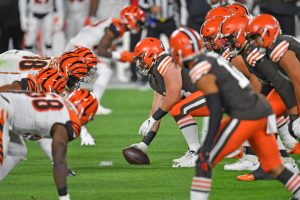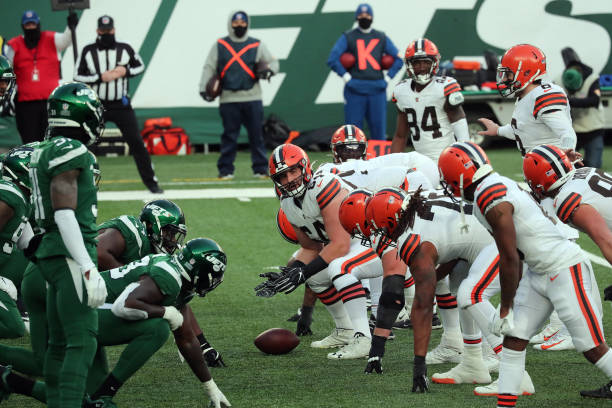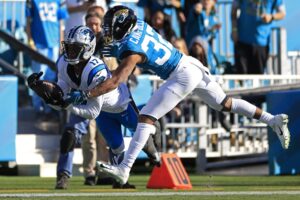With every concussion a football player suffers, their odds of getting chronic traumatic encephalopathy or CTE increase, and by the time they retire, almost every single player in the National Football League (NFL) will have had at least one (and more likely several) concussions throughout their career. In fact, in a recent study conducted on deceased football players, more than 99% had CTE. Unfortunately, myths around concussions in football still exist, making it difficult to increase the safety of the sport. Here are four myths that need to be corrected.
READ MORE: Undrafted Free Agent Justin Arth
Mild Concussions Don’t Lead to CTE
This is one of the most pervasive myths surrounding concussions, especially for football players. Many people believe that if they only suffer a “mild” concussion, they aren’t at risk of developing CTE. Unfortunately, it’s not true. While one mild concussion over the course of a lifetime will probably not have any lasting effects, multiple mild concussions change the brain’s function over time and can lead to CTE. One of the main indicators of CTE is repeated head trauma, whether that trauma is classified as mild or severe.
If You Don’t Lose Consciousness After Hitting Your Head, You Don’t Have a Concussion
You do not have to lose consciousness to be diagnosed with a concussion. In fact, research shows that just 10% of people who have a concussion actually lose consciousness, so getting “knocked out” is not the only indicator of a concussion. You might not even experience concussion symptoms for several days after the injury, so it’s vital that the people around you keep an eye out for the more subtle concussion indicators like balance issues, headaches, nausea or vomiting, confusion, light sensitivity, or pressure in the head.

If You Don’t Hit Your Head, You Can’t Have a Concussion
While the most common cause of a concussion in a football player is a direct blow to the head, you don’t have to actually hit your head to suffer a concussion. Any activity that causes the brain to move suddenly from the front of the skull to the back or from side to side can cause a concussion. This condition is known as whiplash and while your skill is not injured in this scenario, your brain is. It’s actually making impact with the inside of your skull with the same or more force as a direct blow.
Wearing a Football Helmet Prevents Concussions
Today’s football helmets greatly reduce the risk of injuring the outside of your head. They help prevent skull fractures and any other external injury. They may also reduce the impact of a concussion-causing blow, thereby limiting the severity of the concussion. But, because the brain is inside the skull and not immobilized by the helmet, even the most protective of helmets can’t prevent concussions. This doesn’t mean you shouldn’t wear one, though. Skull fractures are dangerous and any time you can reduce the severity of a concussion, the better off you’ll be in the long run.
Conclusion
Busting these concussion myths is the first step toward addressing the problem of CTE in football players. While it won’t prevent concussions from occurring, it will help players better protect themselves if they do suffer a concussion while playing.
Main photo:
Embed from Getty Images






